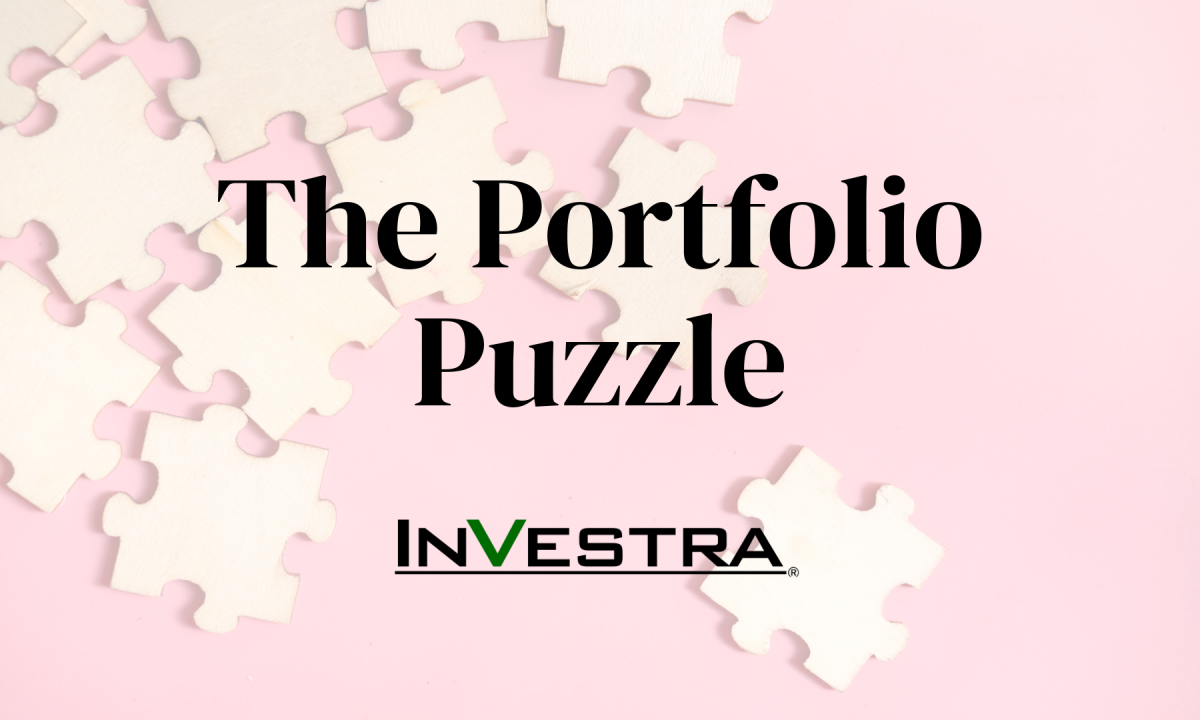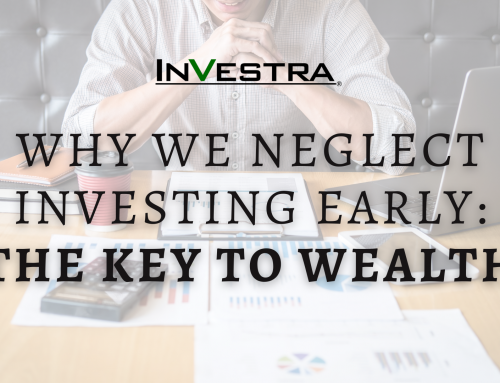When it comes to investing, risk is a term that often evokes fear and hesitation. However, risk is just a part of the investment journey, and understanding its different facets is key to creating a portfolio that is in proper alignment with your risk tolerance. This article aims to shed light on the relationship between risk and return and help investors evaluate whether their investment portfolios accurately reflect their risk tolerance.
The Many Faces of Risk
Risk in investing is not solely about the possibility of losing money; it encompasses various dimensions. Market risk, volatility, inflation, and even the risk of not achieving your financial goals are all factors to consider. Each investment carries a certain level of risk, and it’s important to assess the potential returns in relation to the risks involved. By diversifying your portfolio across different asset classes, such as stocks, bonds, and real estate, you can manage and mitigate specific risks while aiming for long-term growth.
Risk-Return Relationship
The risk-return relationship lies at the core of investing. Generally, higher potential returns are associated with higher levels of risk. It is essential to strike a balance that aligns with your risk tolerance and investment goals. A conservative investor might prioritize capital preservation and opt for more stable, low-risk investments, accepting lower potential returns. On the other hand, an aggressive investor may be willing to accept greater short-term volatility in pursuit of higher long-term returns. Understanding your risk tolerance and finding the right balance between risk and return is crucial to building a portfolio that reflects your financial objectives.
Putting Risk in Perspective
Risk can often be overshadowed by short-term market fluctuations, leading to emotional decision-making. It’s important to put risk in perspective by adopting a long-term view. Historically, the stock market has demonstrated resilience and the potential for significant growth over time. By staying focused on your long-term goals, understanding your risk tolerance, and investing in a diversified portfolio, you can navigate the inevitable ups and downs of the market with greater confidence. Regularly reviewing your portfolio and rebalancing it to maintain alignment with your risk tolerance is a prudent approach to risk management.
Seeking Professional Guidance
Assessing risk tolerance and building a suitable investment portfolio can be complex tasks. Seeking professional guidance from a wealth advisor can provide invaluable assistance in understanding your risk profile and aligning your investments accordingly. InVestra can help you navigate through the intricacies of the market, analyze your risk tolerance, and design a portfolio that fits your specific needs and goals. Their expertise and experience can provide reassurance and peace of mind, ensuring that your investment decisions are well-informed and aligned with your risk tolerance.
By understanding the different types of risk, considering the risk-return relationship, and putting risk in perspective, you can make informed decisions that align with your financial goals. Remember that risk is inherent in investing, but with proper diversification, a long-term view, and possibly the guidance of a wealth advisor, you can build a portfolio that balances risk and potential return. Investing is a journey and managing risk effectively is key to staying on course towards your financial objectives.
Important Disclosures:
This article is not a definitive guide to all possible consequences and implications of any specific investment strategy. For this reason, be sure to seek advice from knowledgeable financial professionals. Stocks are represented by the Standard & Poor’s Composite Index of 500 Stocks, an unmanaged index that is generally considered representative of the U.S. stock market. Investing in stocks involves risks, including loss of principal. Bonds are represented by the Bloomberg Barclays U.S. Aggregate Bond index. Bonds are subject to market and interest rate risk if sold prior to maturity. Bond values will decline as interest rates rise and are subject to availability and change in price. Cash is represented by the Bloomberg Barclays 3-Month Treasury Bills index. It is not possible to invest directly in an index. Government bonds and Treasury bills are guaranteed by the U.S. government as to the timely payment of principal and interest, and, if held to maturity, offer a fixed rate of return and fixed principal value. Past performance is not a guarantee of future performance.
Securities are offered through LPL Financial, member FINRA/SIPC. Investment advice offered through InVestra, a registered investment advisor and separate entity from LPL Financial. LPL Financial and InVestra Financial Services do not offer tax or legal services.
LPL Tracking | #452420-1








